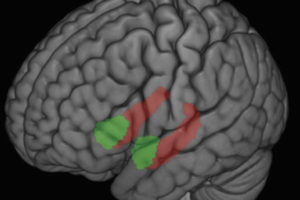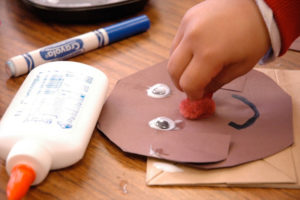Although having a busy schedule can sometimes be stressful, it might be a good thing for your brain and well-being. Especially if you’re doing multiple different tasks or activities.
A study led by postdoctoral fellow Emily Urban-Wojcik, PhD, from the Center for Healthy Minds (CHM) at the University of Wisconsin-Madison, found that a greater diversity of daily activities is associated with higher volume in the adult hippocampus – a region of the brain involved in learning, memory formation, spatial navigation and stress regulation.
Activity diversity refers to the range of daily activities a person performs, like working, volunteering, picking up kids from school, playing soccer, or engaging in social activities, and the relative time spent in each of these activities such that time is spread more equally across them.
People with high activity diversity show better psychological well-being and positive affect regardless of the total amount of time spent in all activities combined. They also show better cognitive function such as episodic memory and executive function, which has also been linked to the hippocampus. Urban-Wojcik and colleagues wanted to understand the link between activity diversity and hippocampal volume, and secondarily, how the two relate to cognitive function.







